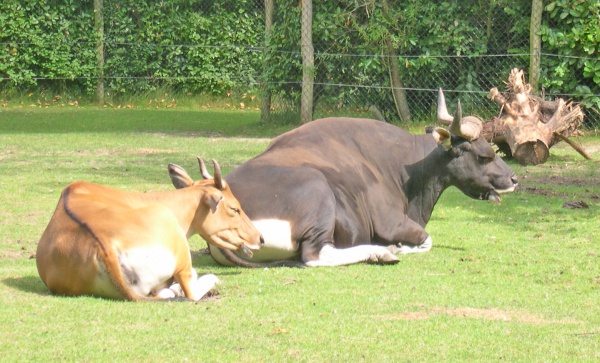Facts About Banteng
The banteng, also known as tembadau, is a type of wild cattle native to Southeast Asia. These animals are fascinating and exhibit noticeable differences between males and females. The adult bulls are not only larger but also darker compared to the cows. As herbivores, bantengs have a diet that consists of grasses, sedges, leaves, and fruits. They are active both day and night, usually forming herds of two to 40 members, led by a dominant bull.
Unfortunately, banteng populations are endangered. Their numbers have dwindled due to poaching, habitat loss, and diseases. The largest groups of bantengs are found in Cambodia, Java, and possibly Borneo and Thailand. Some have been domesticated, especially in Bali and other eastern Indonesian islands, and can also be found in Australia, Malaysia, and New Guinea. There are even feral banteng populations in East Kalimantan and Australia's Northern Territory.
There are three recognized subspecies of banteng: the Javan banteng, the Indochinese banteng, and the Bornean banteng. These animals are genetically distinct from the more common taurine cattle and zebu. People primarily raise bantengs for their meat, and sometimes use them as draught animals. They are legally protected throughout their natural range.
Bantengs forage for food both during the day and night. Their reproductive cycle is similar to that of taurine cattle, with a gestation period of about 285 days. While they can survive without water for some time, they will drink regularly when it is available. Bantengs face numerous threats, including diseases, parasites, and ongoing habitat destruction.
In Indonesia, the banteng holds a special place, even appearing on the country's coat of arms. Given their endangered status, conservation efforts are crucial. There are ongoing concerns about maintaining their genetic diversity and preventing hybridization with other cattle species. Interestingly, the banteng is one of the few endangered species to have been successfully cloned, with the first clone surviving beyond infancy.

 Malaysia
Malaysia